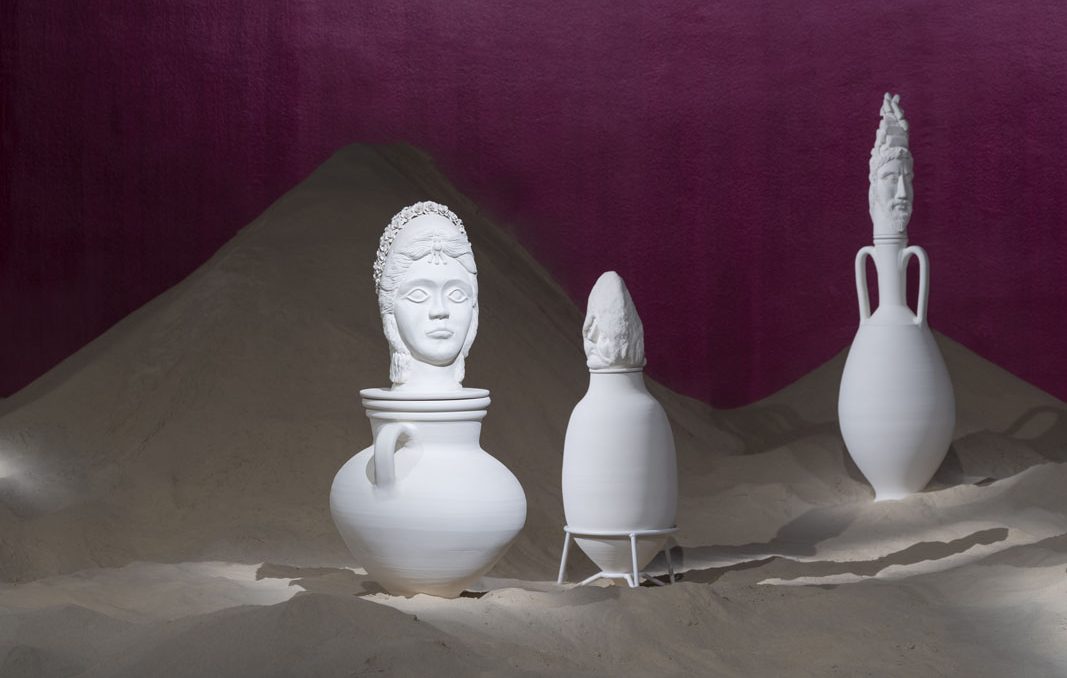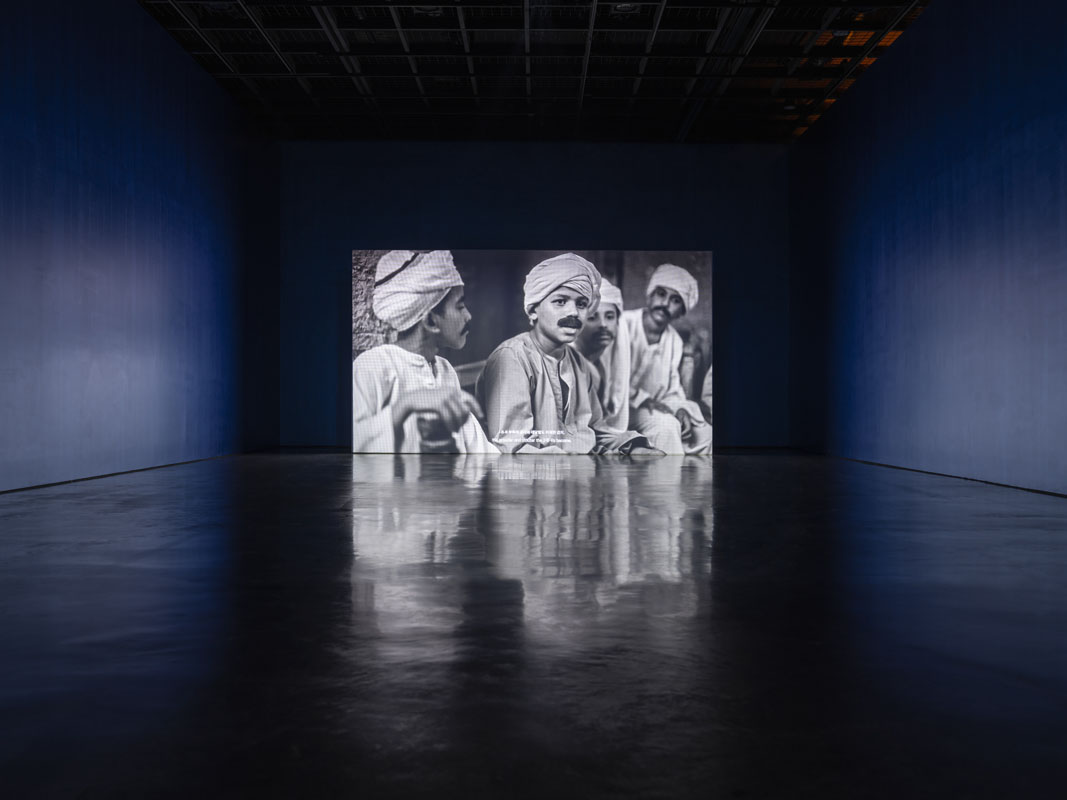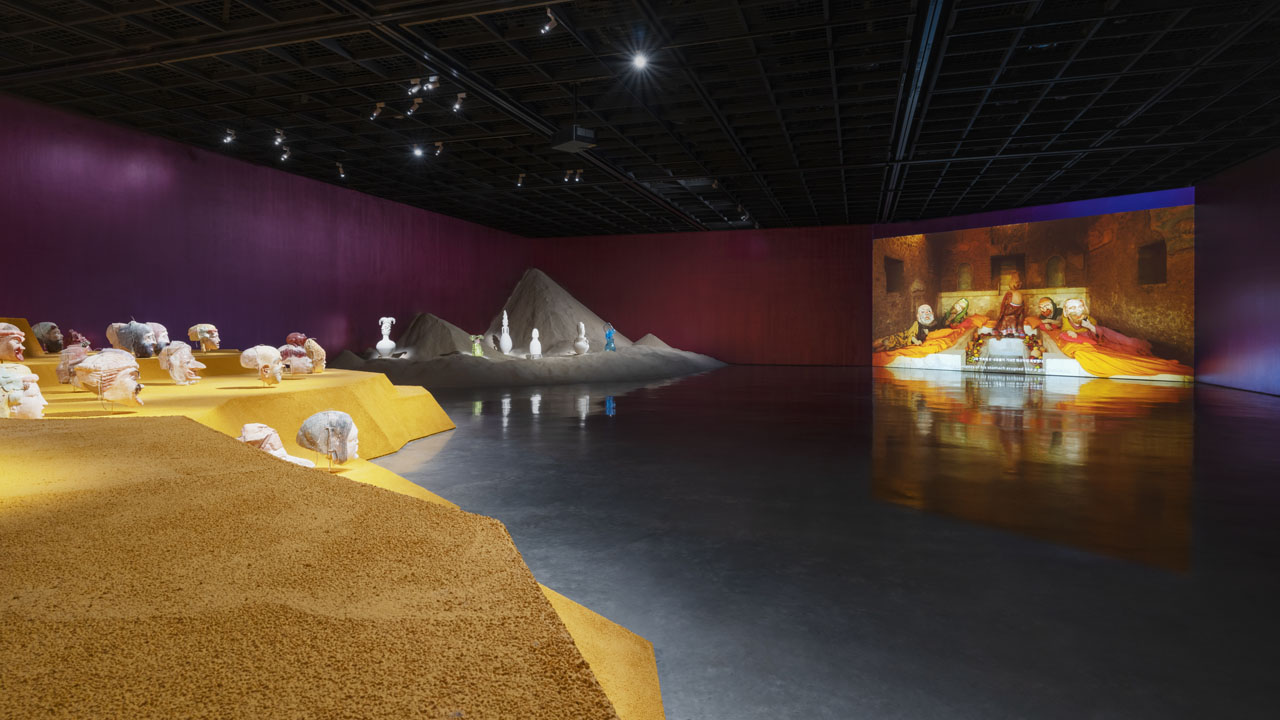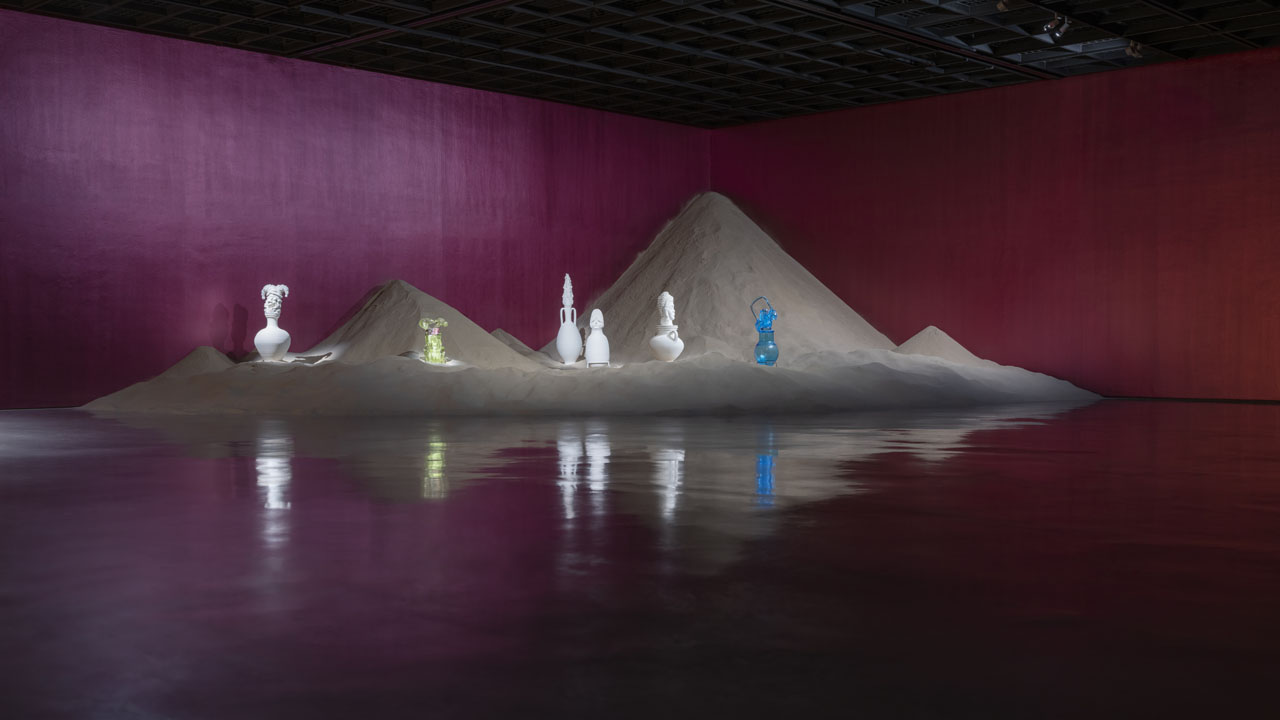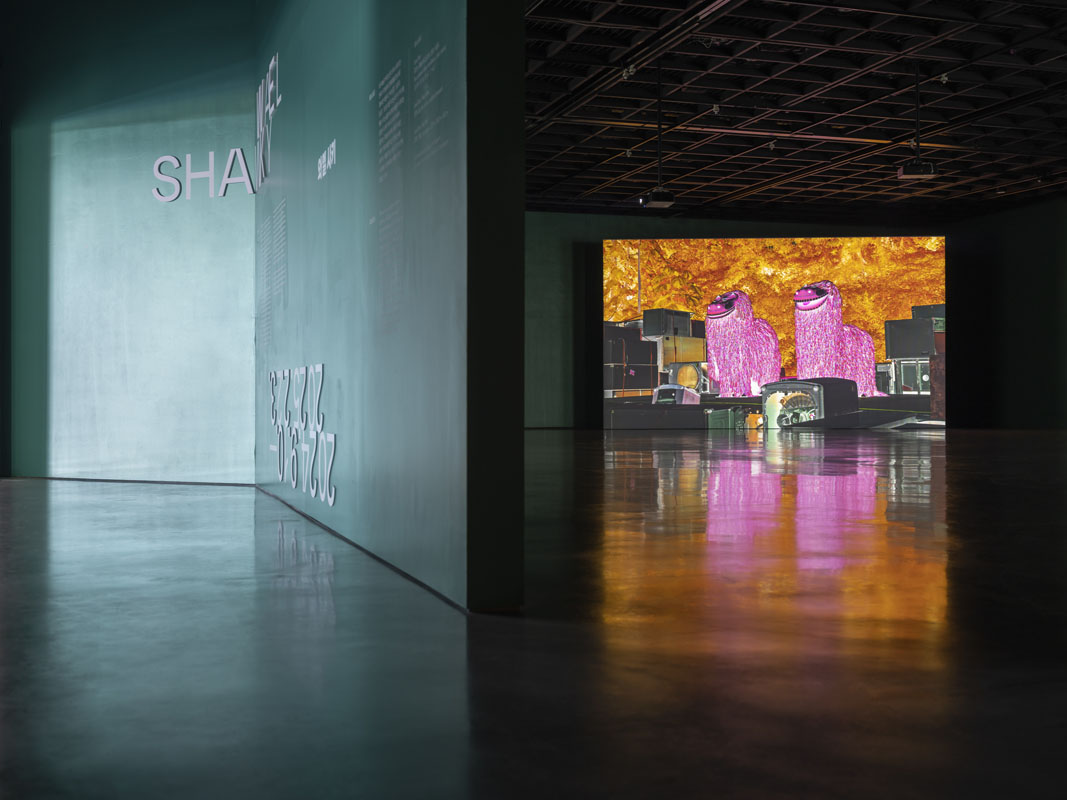The Daegu Art Museum is pleased to present Wael Shawky as part of its 2024 International Exchange Exhibition. Wael Shawky (b. 1971) is an Egyptian-born artist known for his vibrant international career. This marks his first solo exhibition at a public museum in Korea and offers a unique opportunity to appreciate his distinctive artistic vision. Shawky combines film, performance, and storytelling to create comprehensive works of art that encompass various mediums, including painting, drawing, sculpture, installation, and music. His works explore the intersection of fiction and reality, focusing on the question, “How trustworthy is written history?” and presenting new historical perspectives.
Shawky spent his childhood in Alexandria, Egypt, and Mecca, Saudi Arabia, and says that growing up while observing the transition from nomadic to modernized societies became a source of artistic inspiration for him. He studied fine arts at Alexandria University and the University of Pennsylvania in the United States, and has earned international renown for works presenting original perspectives on history. He was recently invited to exhibit at the Egyptian Pavilion of the 60th Venice Biennale and gained significant acclaim with Drama 1882, a video reinterpreting Egypt’s Urabi Revolution (1879-1882), which resisted Imperial rule.
In this Daegu Art Museum exhibition, Shawky presents three video works: the new Love Story (2024), Al Araba Al Madfuna I (2012), and I Am Hymns of the New Temples (2023). These works treat mythology as a common element, with Korea, Egypt, and ancient Italian city of Pompeii as the backgrounds, respectively. Shawky describes this exhibition as an exploration of “how the metaphysical world is connected to our lives.” This reflects his ongoing interest in examining how non-material concepts such as love, supernatural beings, and faith in gods—intertwine with modern life.
Although the three stories unfolding in Gallery 1 of the Daegu Art Museum originate from different times and spaces, they vividly present to viewers Wael Shawky's art realm, which proposes a dialogue between antiquity and modernity across diverse cultures.
The new work, Love Story, reinterprets Korea’s oral folktales and traditional fairy tales. Through the three stories - Silkworm Princess, Gold Ax, Silver Ax, and The Rabbit’s Trial - Shawky illustrates a structure where the opposing worlds of the material and non-material coexist within a single narrative, and he explores how the abstract concept of love is substantially materialized. The work offers a unique audiovisual experience, where pansori storytelling interacts with traditional lion dancing.
Al Araba Al Madfuna I derives its title from the name of an Upper Egyptian village and was created based on Shawky’s experience visiting the area in the early 2000s. The piece is part of a trilogy, and the original, created in 2012, is presented in this exhibition. The black-and-white video approximately 20 minutes long and beginning with scenery of the Nile combines the artist’s personal experiences with literary elements to uniquely weave together ancient Egyptian mythology with modern Egyptian society. It is a piece in which Shawky’s interest in how the metaphysical and the material worlds mutually connect is expressed using humor and satire.
I Am Hymns of the New Temples, explores the connection between Greco-Roman mythology and ancient Egyptian religion with the ancient Italian city of Pompeii in the backdrop. Shawky focuses on the priestess Io, whom Zeus loved and turned into a cow to avert Hera’s jealousy. He unfolds Pompeii, where the various cultures of Greece, Rome, and Egypt are involved to be inevitably connected, as a space of the imagination with open possibilities. The final scene of the passionate story conveys the futility of returning to the silence of the world’s beginning.
Wael Shawky’s works illuminate the relationship between history and mythology by reinterpreting myths, and they creatively present modern perspectives on religious and cultural identities. He explores how stories are created and conveyed, and he analyzes and reinterprets how such processes form historic realities. Through his work, Shawky suggests that the “facts” we accept are never defined by a single perspective, opening up possibilities for diverse interpretations.
Wael Shawky has visited Korea multiple times since 2022, conducting research and filming for his new work. This exhibition, which combines elements of Pansori, oral folktales, literature, and mythology, will feature video installations that encompass various media as its main attraction. Additionally, new drawings inspired by Love Story will also be showcased.
We warmly invite you to join the artistic journey of Wael Shawky, who connects different cultures and reinterprets history to offer new insights and experiences. Through this exhibition, we hope you will encounter and enjoy a grand narrative where the past and present, myth and reality, and diverse cultures intersect.
